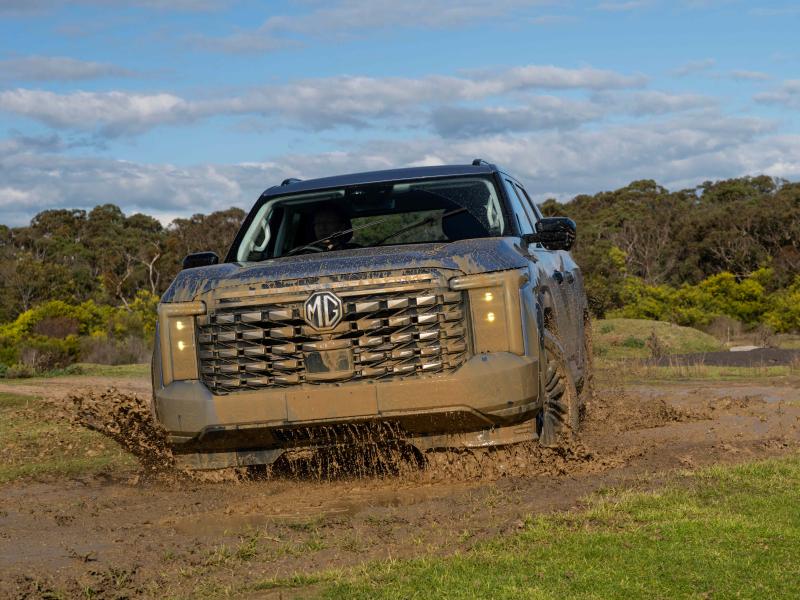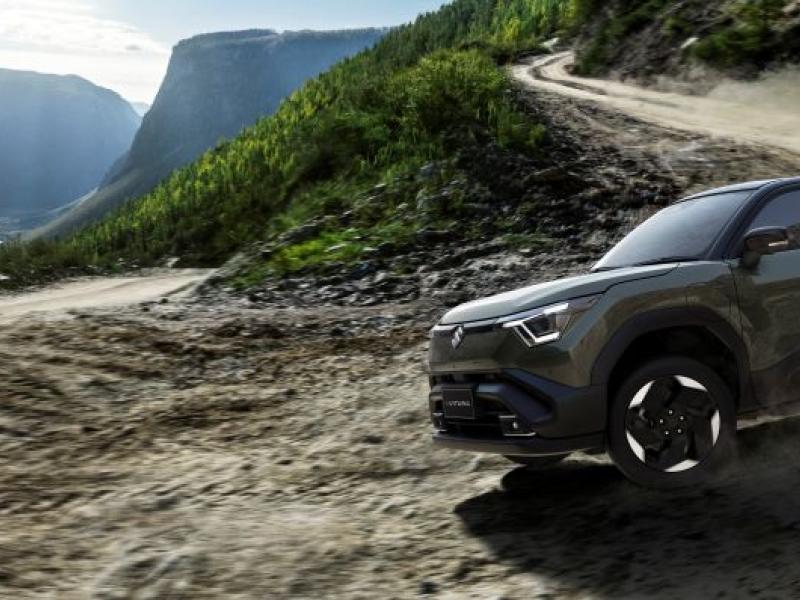Neither time nor familiarity have dulled the appeal of Volkswagen’s twin-turbo 2.0 litre Amarok ute.
Holding its own
With competition looming of both key fronts (Euro quality and Chinese bang-for-buck) it would be easy for existing ute market staples like Volkswagen’s 2.0 litre Amarok to be lost in a veritable sand storm of new/better/best hype.
Which 1) would be a shame if you’re in the market for a new ute and have both an open mind and a decent budget, and 2) is no doubt why importer VW NZ offered us a mildly specced-up Comfortline model to drive for a week last month.
Here at NZ4WD magazine we have always rated the Amarok highly. In fact had it not been for the slightest of baubles on our steep grass test track it could well have beaten Ford Ranger to the Ute of The Year title in 2016.
As it is VW’s 4Motion 4WD system is one of only two (the other is the top-of-the-line Mitsubishi one) full-time systems fitted to a modern turbo-diesel double cab ute. The rest are part-time systems with specific instructions in the handbook to only engage 4WD on a loose or slippery surface.
Gearing up
Competitors still sniff about the lack of transfer case but with eight – count’em – different ‘gear’ ratios in the standard auto transmission you’re going to have to be fairly determined/stupid to get an Amarok stuck!
In the interests of ‘myth-debunking’ I have also done a fair old bit of towing behind the supposedly ‘small’ capacity 2.0 litre four cylinder turbo diesel that remains the backbone of the local Amarok ute range, and all I can say is that the thing tows my 2000kg trailer/drift car combo like a boss!
The only issue I personally have with the always willing and nicely free revving twin-turbo engine is that, off the bottom of the rev range it is kinda’ flat, and when the turbos start doing their job the power and torque kicks in with a vengeance.
Peaky is the word I would use to describe the sensation if I was talking about a motorbike engine. And the connotation would be negative.
When it’s a turbo-diesel ute engine though, it’s actually quite a cool feeling, and one you get quite used to. Bottom line? Great engine, and one which produces more than enough power (132kW) and torque (420Nm) for everything a typical buyer is going to want an Amarok to do!
For day to day work use, an Amarok’s key selling points (for me anyway) would be the large, airy interior, superbly all-day comfortable and supportive ‘XXXL’ size front seats, and SUV-quality ride, which, one-up on city streets, is firm yet compliant, and gets even better when you slow up off road.
Size-wise
Having set the template, size-wise, for the D/C T/D ute sector when (way back in 2010) when it was launched any Amarok remains a large, ever-so-much imposing, ‘truck’ which casts a large shadow and dwarfs mere cars wherever it is parked.
At (just) over three tonne it’s no lightweight either. However the advantages (cabin, class-leading tray space and ride comfort) more than make up for any disadvantage... like a tendency to push the nose (understeer) when you are in a bit of a hurry.
At $57,990 you’re still paying decent money for a model which must be nearing the end of its design cycle. But spec-wise you are getting serious bang-for-your-buck inside and out.
Inside you are looking at an executive car-like analogue/digital dash and infotainment package with touch/reversing mirror screen and Bluetooth-based Apple CarPlay and Android Auto connectivity.
Outside Comfortline spec includes 17-inch dia. alloy wheels with 245/65 x 17 tyres plus a veritable alphabet soup of electric driver aids including ESP with hill start and descent assist as well as a trailer stabilisation function, and both on and off-road ABS, and an electronic rear diff lock.
Which is all very well. But you can read that in the brochure yourself.
What you need to remember if you are in the market for a new (or used) T/D D/Cab ute is that the Amarok is by far the most refined and ‘car-like.’ Yet it has a true payload of just over 1000kgs, can tow up to 3200kg without raising a sweat, and will go anywhere an old Land Rover ever could on a farm.






